
In the first of a series of video interviews with former members of Archigram for VDF, architect Peter Cook recounts how the influential avant-garde architecture group rose to prominence in the 1960s.
Archigram was an experimental collective of architects that became famous for its radical architecture concepts drawing from the emerging technologies and consumer culture of the time.
This week, as part of Virtual Design Festival, Dezeen is publishing a series of exclusive interviews with former members Cook and Dennis Crompton, sponsored by Enscape, looking back at the origins of the group and some of its most significant projects.
"Archigram was a very important stage for all of us," said Cook in the video, which Dezeen filmed in London. "I think that we have probably never again had such a creative or exotic a phenomenon in our lifetimes."
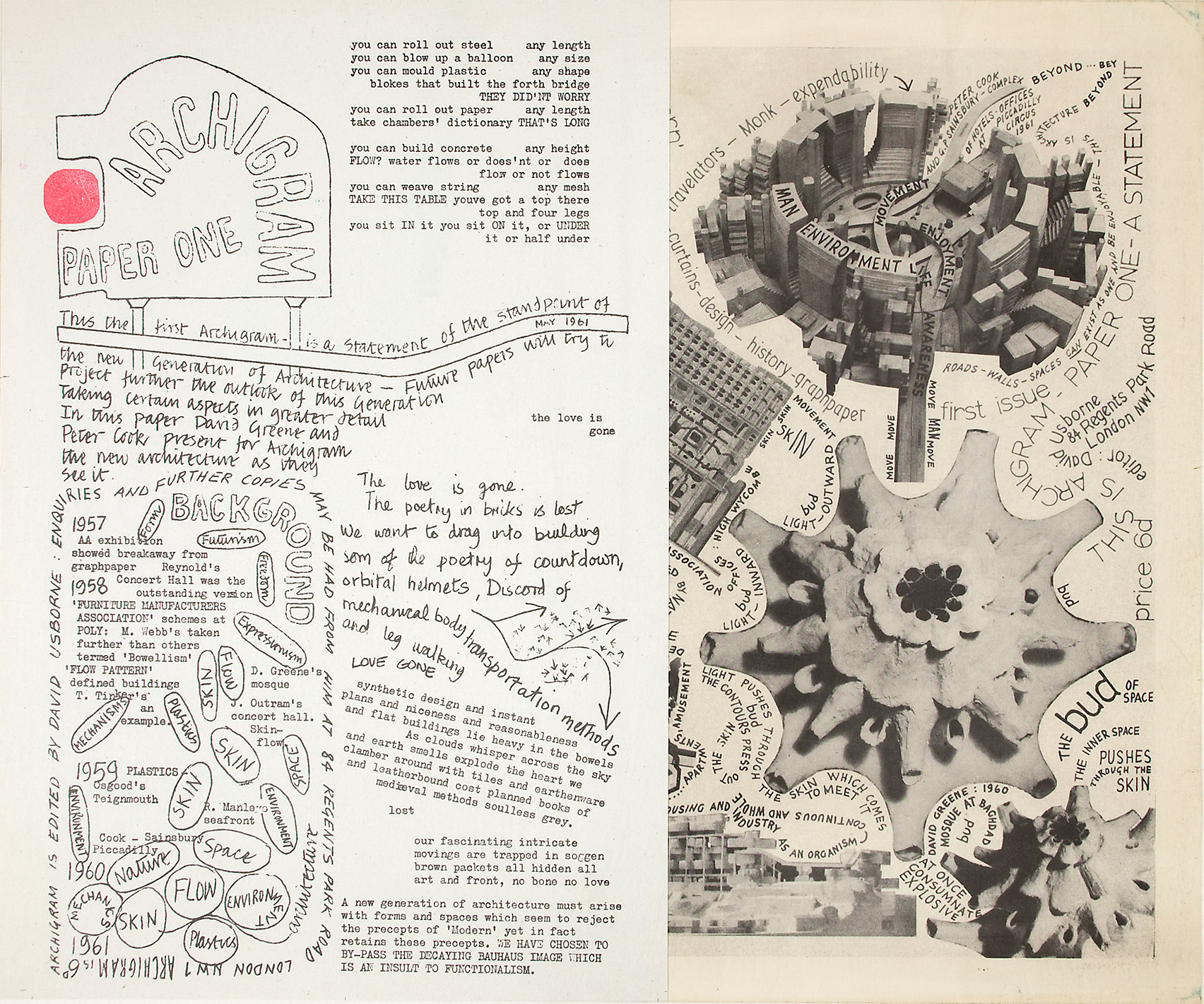
Archigram started life in 1961 as a self-published magazine by a group of young architects comprising Cook, Michael Webb and David Greene.
"At first, almost nobody took any notice," Cook recalled. "I mean, we had difficulty selling more than 100 copies."
"It was the sort of thing that can happen in a city like London"
However, the magazine piqued the interest of a group of slightly older, more established architects – Crompton, Warren Chalk and Ron Herron – who were working for London County Council (LCC) on projects including London's Southbank Centre.
Crompton, Chalk and Herron began contributing to subsequent issues of Archigram and the group that would come to be named after the magazine was formed.
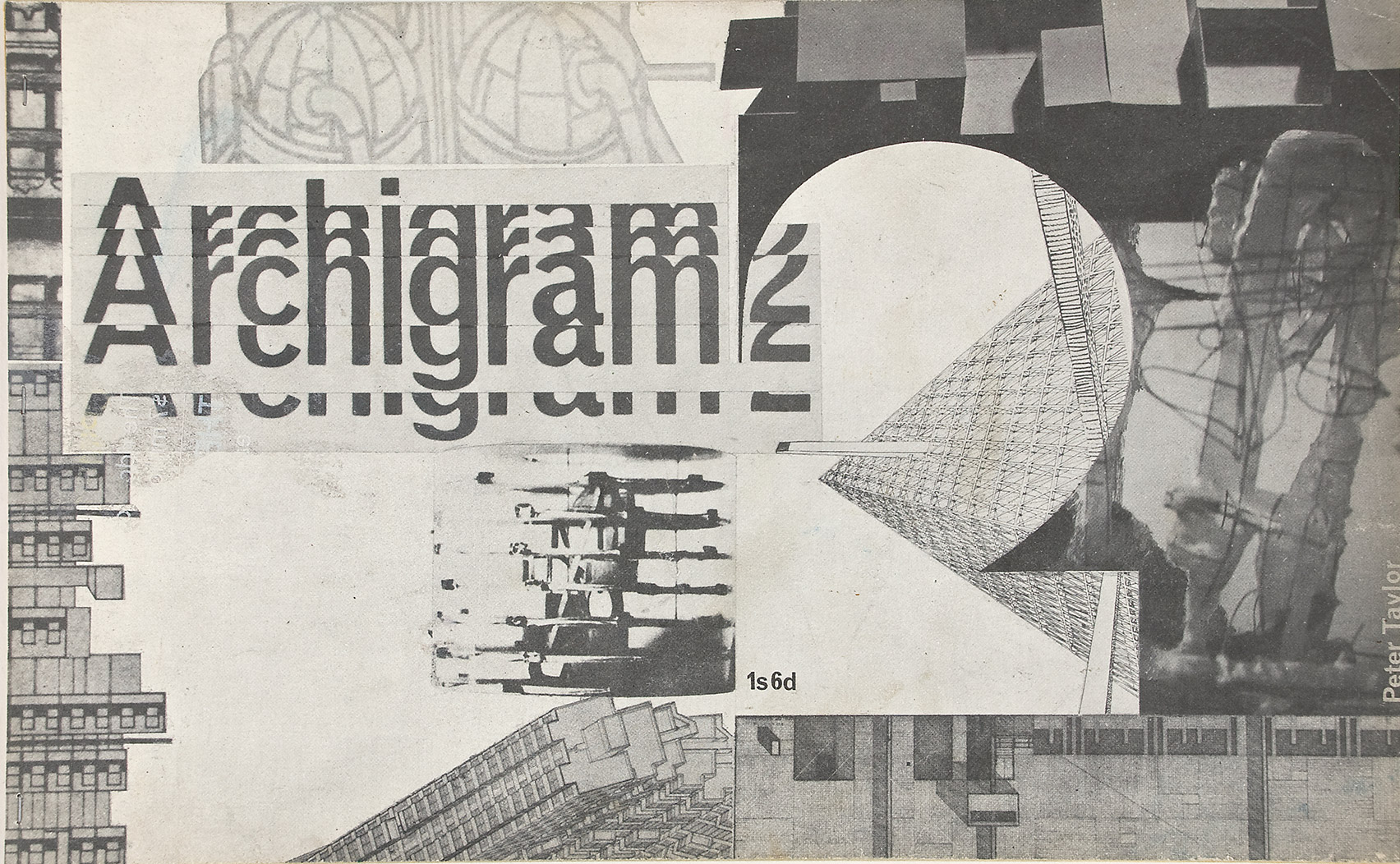
"It was the sort of thing that can happen in a city like London at a certain time," said Cook.
"A sufficient number of interesting people form subgroups and the subgroups coalesce. And in the coalescence, I think, was the strength because the LCC group had built buildings. The other three of us hadn't; we were pretty much fresh out of school."
1963 Living City exhibition helped Archigram gain prominence in Britain
Another key figure who took an interest in the early magazines was Theo Crosby, an architect and editor of Architectural Design magazine, who would later bring the six Archigram members to work under him at Taylor Woodrow Design Group.
Crosby helped the architects secure funding to put on their first exhibition, which was titled Living City, at the Institute of Contemporary Arts (ICA) in London in 1963.
"He encouraged us and found us some money from the Gulbenkian Foundation to do an exhibit at the ICA," Cook said.
"At that point, we were still not called Archigram. But people started calling us Archigram and at a certain point we registered the name."
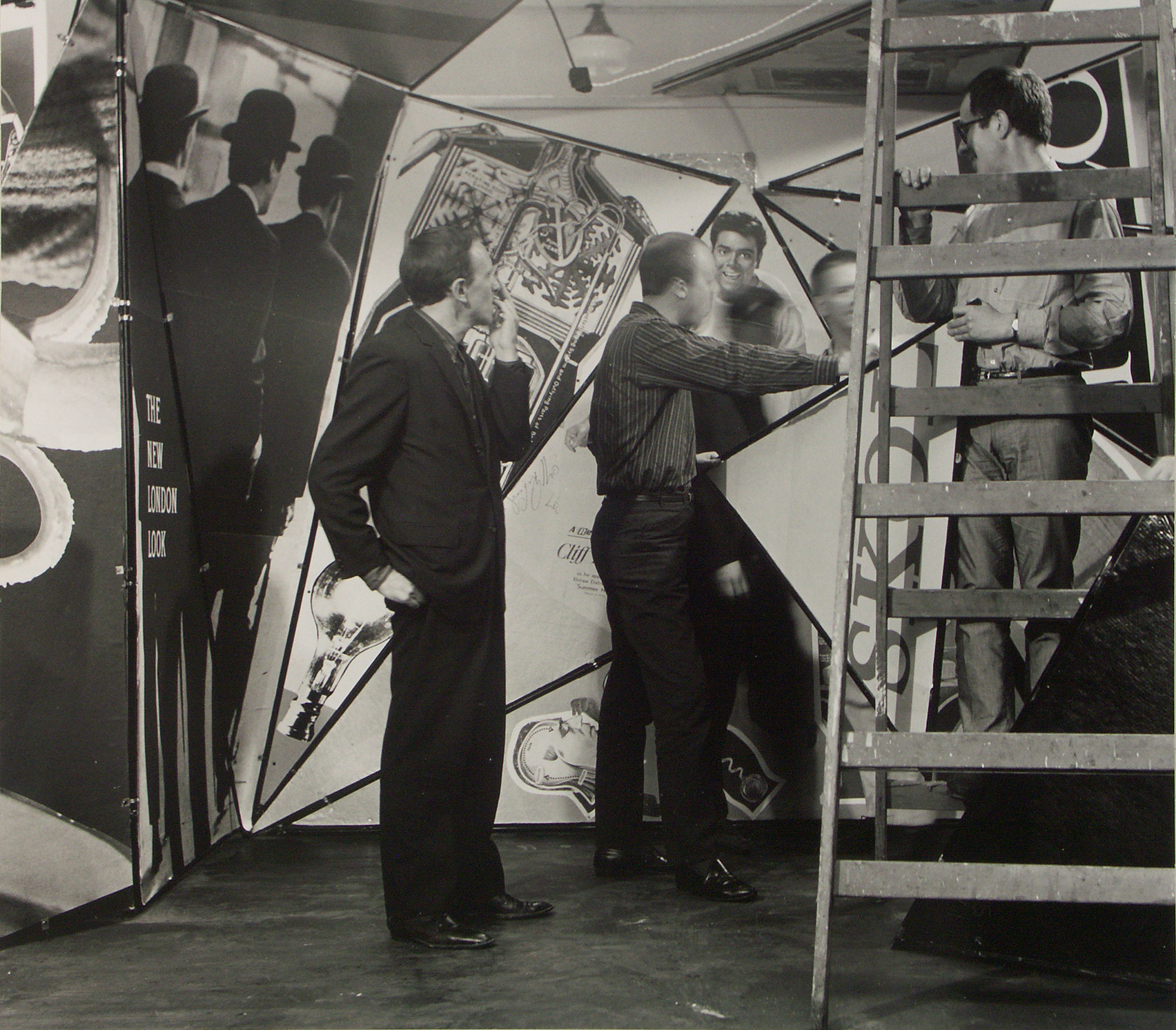
The early magazines and Living City exhibition explored many of the themes that Archigram would become famous for, including lightweight, moveable structures and modular systems using pre-fabricated components or those manufactured on-site.
The ideas were communicated through collages of text, drawings and colourful illustrations influenced by science fiction and 1960s pop culture.
Archigram applied technologies developed during the second world war to architecture
"We were reading space comics and we were influenced by Buckminster Fuller," Cook said.
"The late Warren Chalk also dug up another very interesting facet – and he being the oldest of the group would have been in a position to observe it – which was in the second world war, for good or ill, there were amazing inventions: timber technology, glues, jointing, funny things you could make with a cheap machine."
"If you combine that with Buckminster Fuller, you have a very, very interesting portmanteau of technologies and ideas."
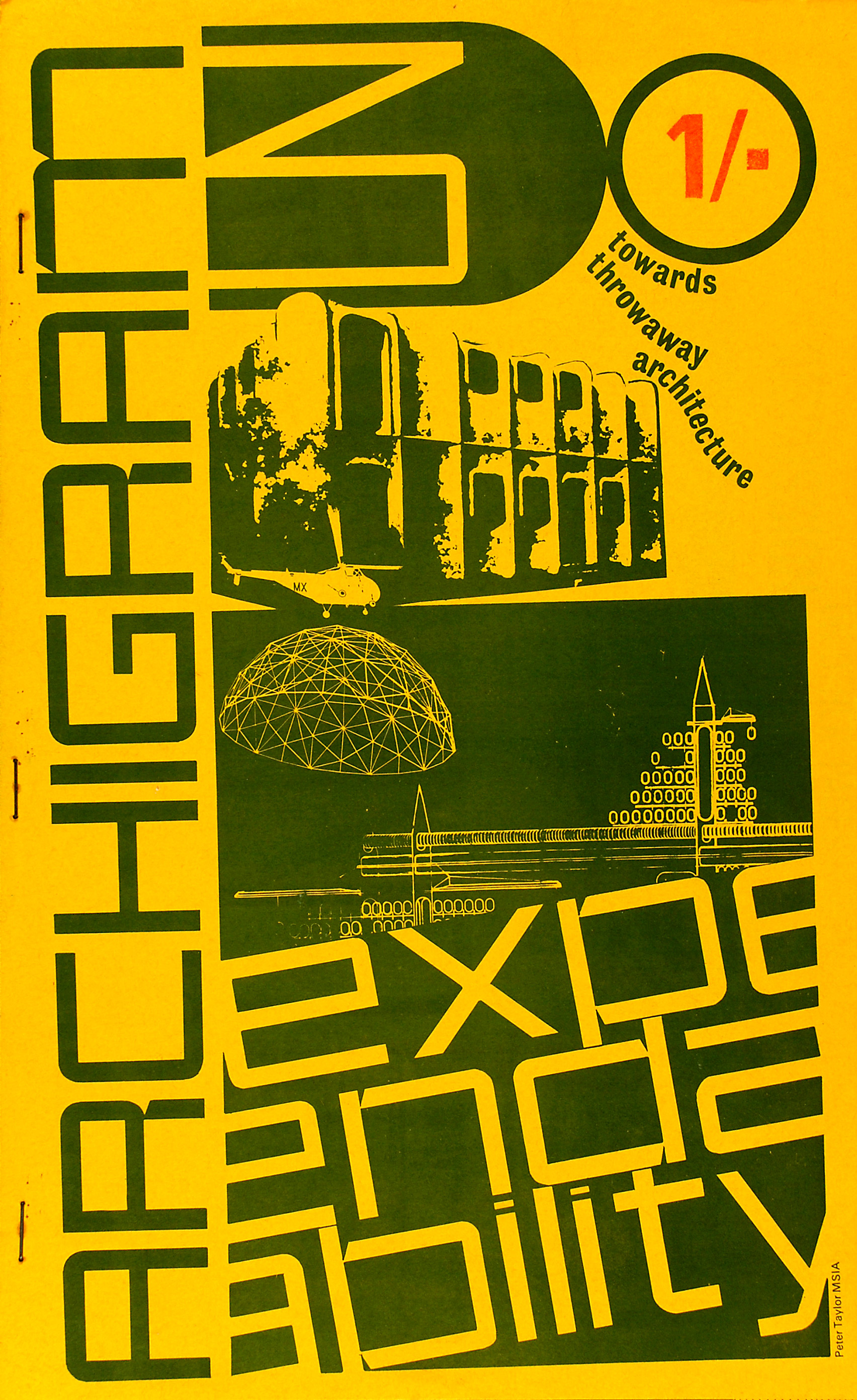
Archigram, which disbanded in 1975, never built a building as a group. But its radical conceptual projects – such as Walking City, Plug-In City and Instant City – would influence many subsequent architects, including pioneers of high-tech architecture such as Renzo Piano, Richard Rogers and Norman Foster.
"We were the naughty boys who suggested a lot of other things"
Archigram's ideas were partly a reaction against the Brutalist architecture of postwar Britain, according to Cook.
"There was a lot of building going on in London at that time, but it was mostly pretty chunky," he said. "We were angry young men and sort of a bit irritated about this."
"It also, I think, touched a moment," he continued. "The sort of Brutalist architecture which we, in a sense, were the children of, had established itself. There wasn't anything else that had quite come along after it. It was a bit pleased with itself, actually. And we were the naughty boys who suggested a lot of other things."
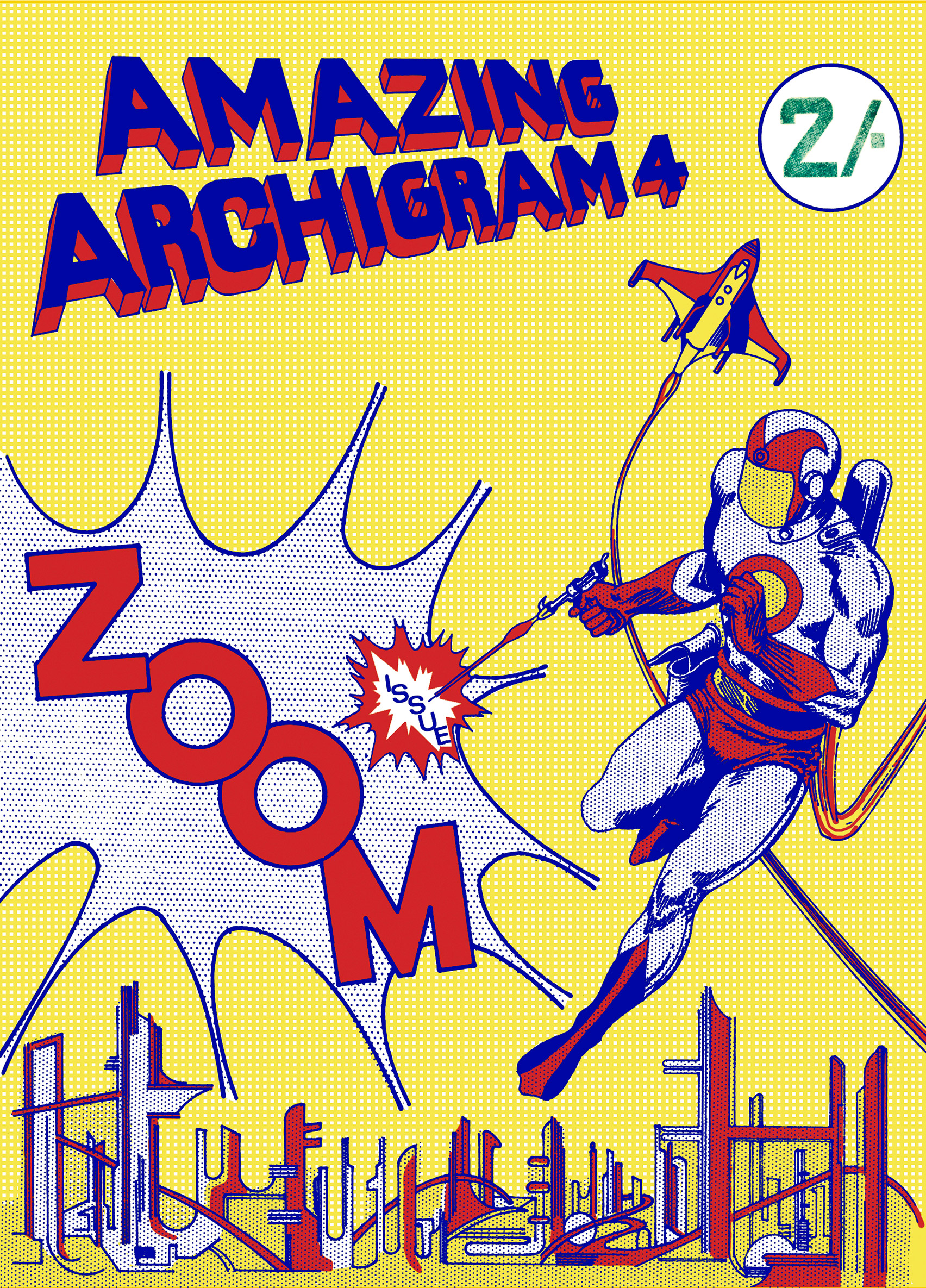
The ICA exhibition helped establish Archigram in Britain. But the group did not reach international prominence until the fourth edition of the magazine, which featured a bright yellow cover in a distinctive comic-book style, was published in 1964.
Peter Reyner Banham takes Archigram to America
Cook credits architecture critic Peter Reyner Banham, who was living and working in the US, for introducing Archigram to the world.
"He got hold of issues of Archigram four and took them to the United States and put them under the nose of a lot of very famous people," he recalled.
"Suddenly, it was known worldwide."
This video was filmed by Dezeen in London and sponsored by Enscape, a virtual reality and real-time rendering plugin for architectural design programme Autodesk Revit.
It is the first in a series of video interviews we are publishing this week as part of Virtual Design Festival.
All images are courtesy of and copyright of Archigram.
The post "At first, almost nobody took any notice of Archigram" says Peter Cook in exclusive Dezeen interview appeared first on Dezeen.
from Dezeen https://ift.tt/2zq6wLS

No comments:
Post a Comment